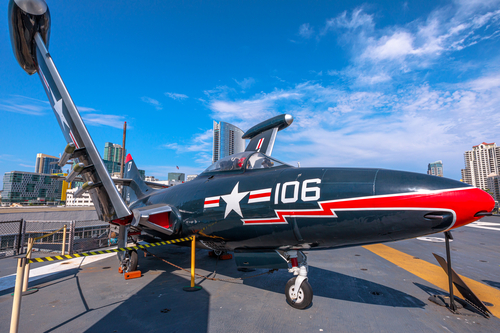
The Grumman F9F Panther was a critical leap in American military aviation, marking the transition from propeller-driven aircraft to the jet era. As a pivotal figure in the Korean War, the Panther was one of the first jet-propelled planes to be used by the U.S. Navy and Marines, setting a precedent for air superiority with its advanced technology and combat effectiveness.
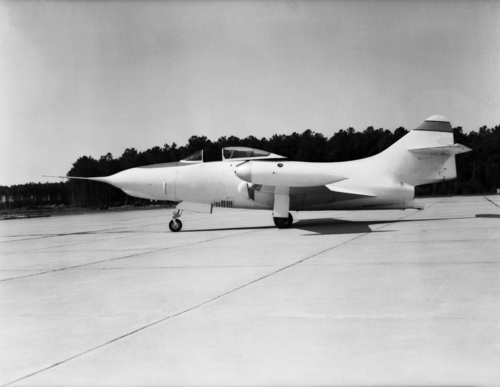
Developed by the Grumman Corporation and entering service shortly after World War II, the F9F Panther was designed to meet the Navy’s need for a jet-engine fighter capable of carrier operations.
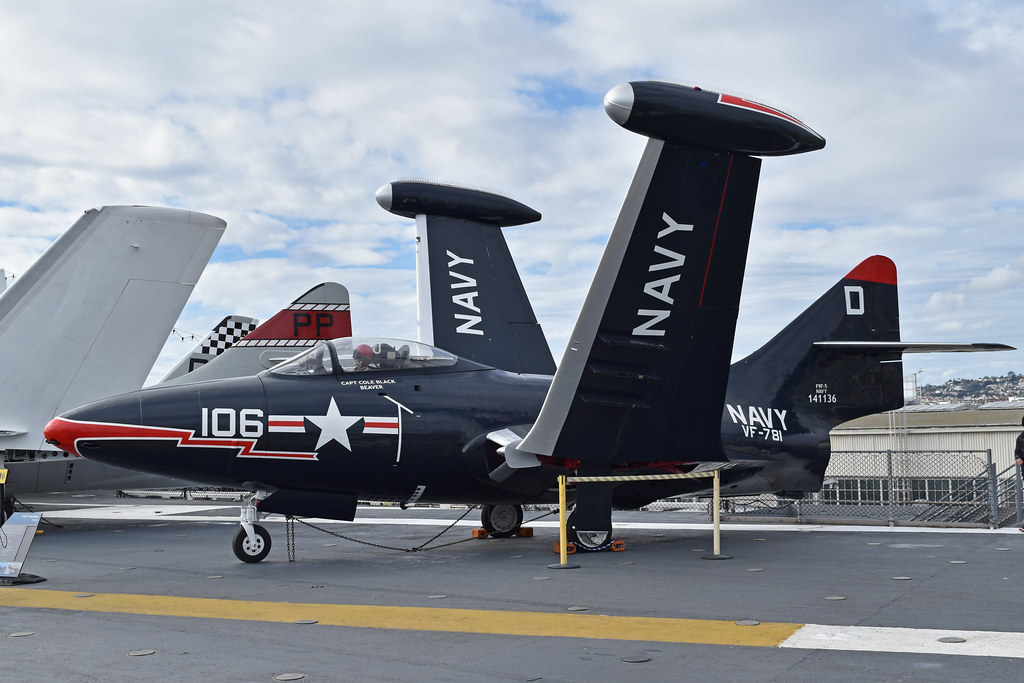
Overcoming initial challenges in engine power and configuration, Grumman finally succeeded with the XF9F-2 variant, which took to the skies in 1947.

This marked a significant advancement in aeronautic technology, and by the mid-20th century, the F9F Panther had become a massive step up from its piston-engine predecessors.
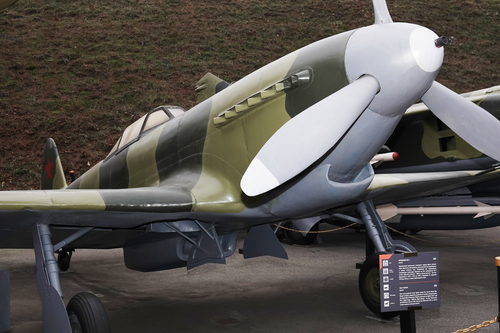
The Panther’s combat history is storied, beginning with its successful missions during the Korean War. In July 1950, Lieutenant Leonard H. Plog and Ensign E. W. Brown achieved the first Navy jet pilot kills by shooting down two North Korean YAK-9s.
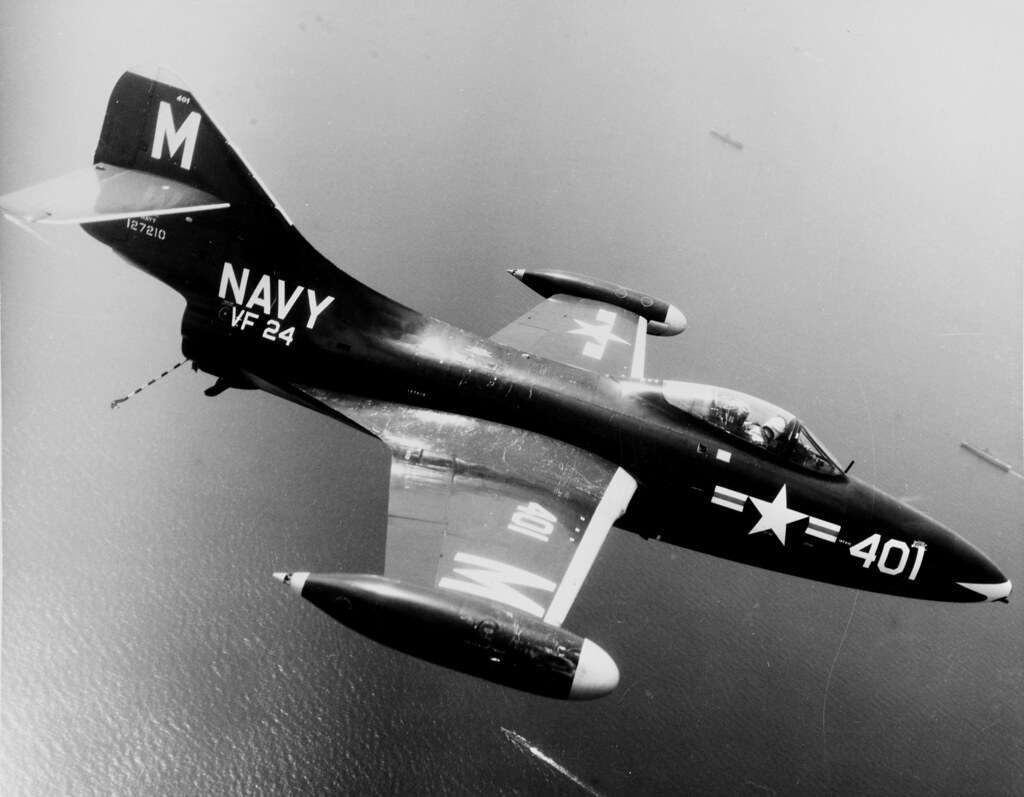
Later that year, William T. Amen secured the Panther’s renown by downing a Soviet-piloted MiG-15, the first confirmed kill of such an aircraft. Throughout the war, Panthers claimed 11 enemy aircraft with no air-to-air losses, showcasing their dominance in the skies.
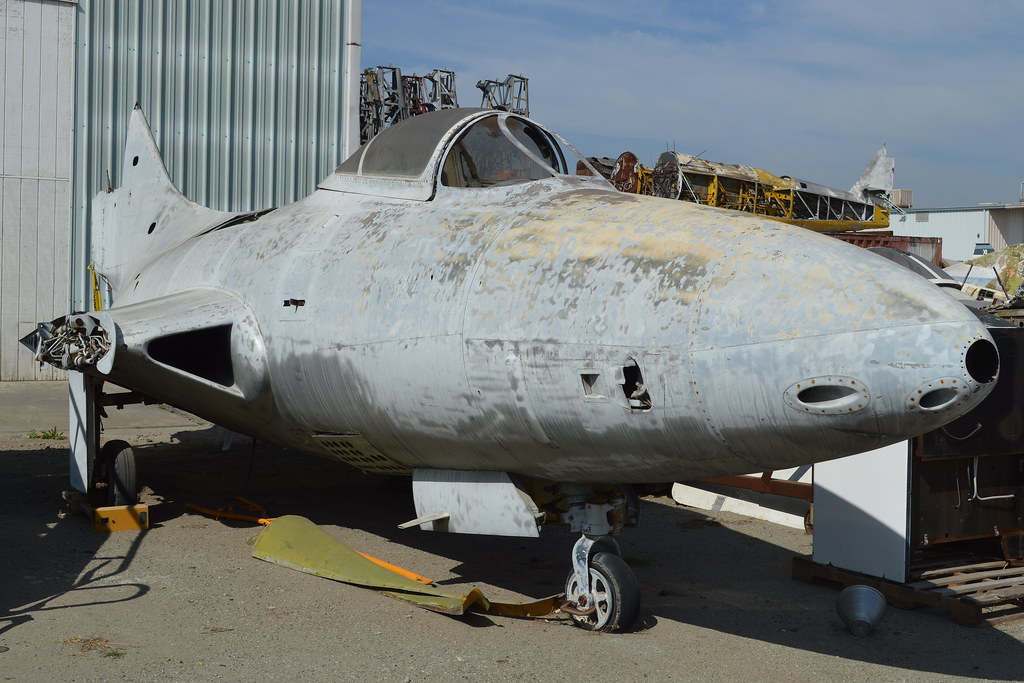
Famous for more than just its combat achievements, the Panther also carried renowned pilots such as John Glenn and Neil Armstrong, who would later become icons of space exploration.
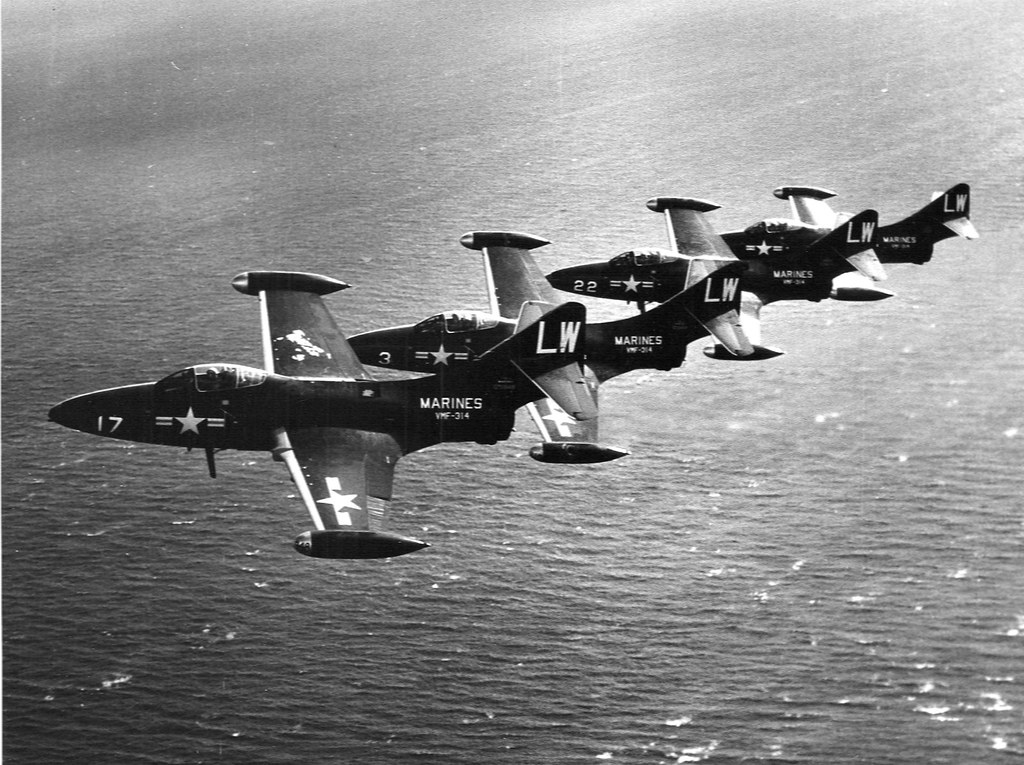
Moreover, the Blue Angels, the Navy’s flight exhibition team, employed the F9F-2 as their first jet-propelled aircraft, further cementing the Panther’s place in aviation history.
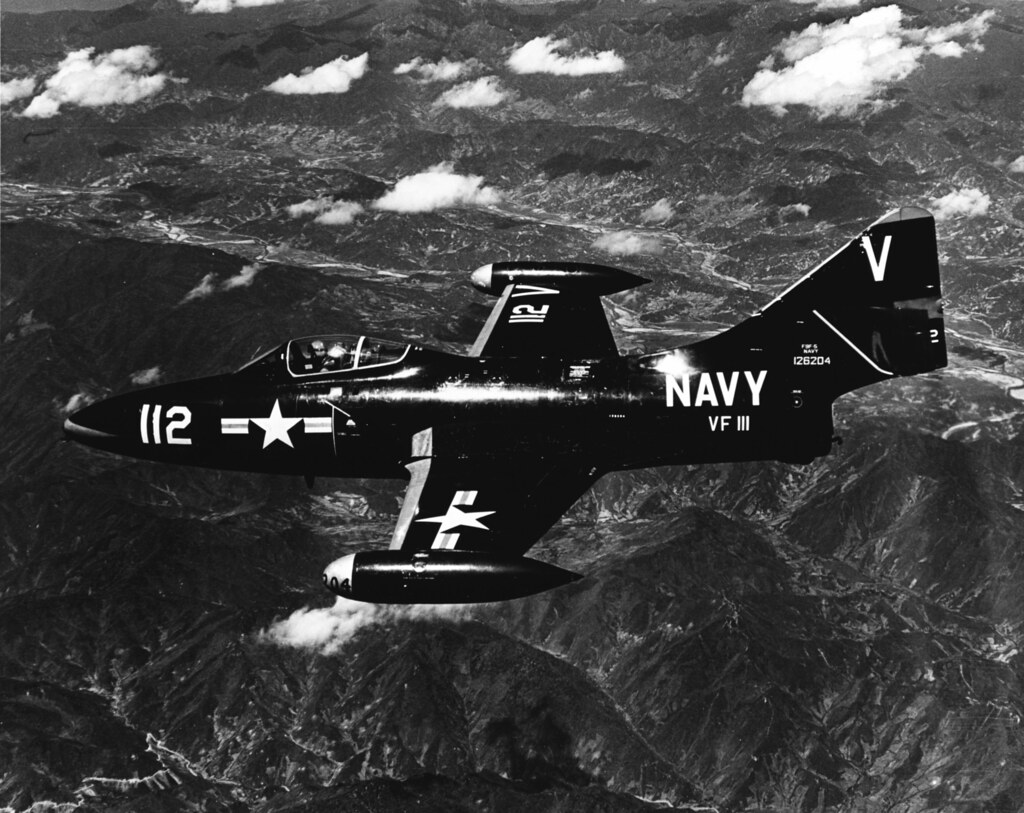
Despite its success, the jet’s service life was relatively short due to rapid advancements in technology. The F9F was retired from front-line duty by 1956 but continued to serve in utility and trainer roles well into the 1960s.
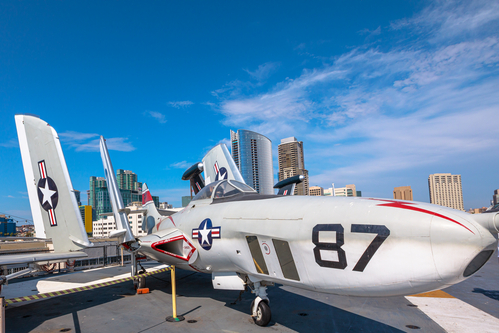
The Panther inspired subsequent designs, leading to the development of the Grumman F9F Cougar, and paved the way for legendary fighters like the F-8 Crusader and F-4 Phantom II.
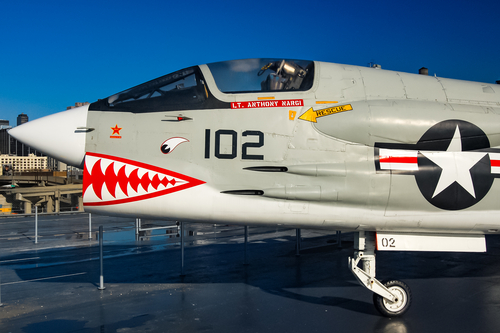
The Panther’s legacy extended beyond the military as it was also featured in iconic media representations, such as the film “The Bridges at Toko-Ri,” reflecting its cultural impact. Although not as revolutionary as the MiG-15 or F-86 Sabre, the Panther’s robust design and versatility in ground support roles made it an invaluable asset during its time.
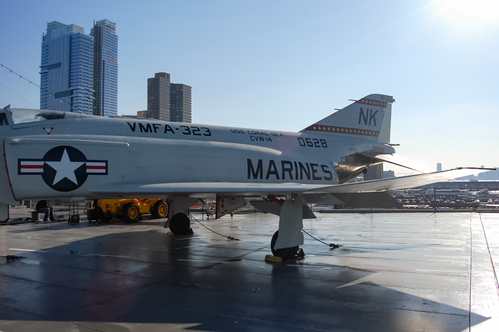
As a testament to its ruggedness, the F9F displayed remarkable durability, one instance being Lt. Royce Williams’ engagement where he successfully brought his heavily damaged aircraft back to the carrier after an intense dogfight with seven MiG-15s.
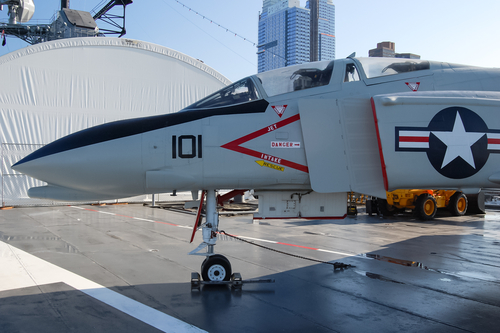
This encounter remained classified for decades due to the Cold War sensitivity, highlighting the Panther’s involvement in significant historical events.
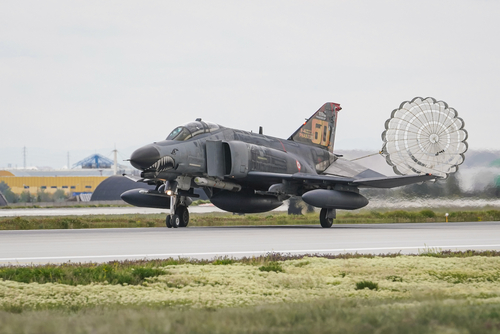
While the F9F Panther’s active service was relatively brief compared to some of its successors, its contribution to the evolution of naval aviation was indelible.
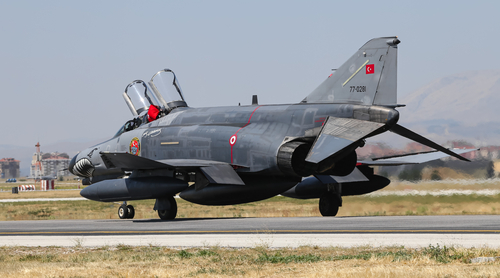
The lessons learned from the Panther’s development and the capabilities it demonstrated in combat provided crucial insights that shaped the future of military aircraft design, ensuring its place as an integral chapter in the annals of American aeronautics.
